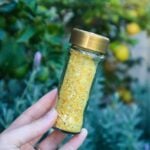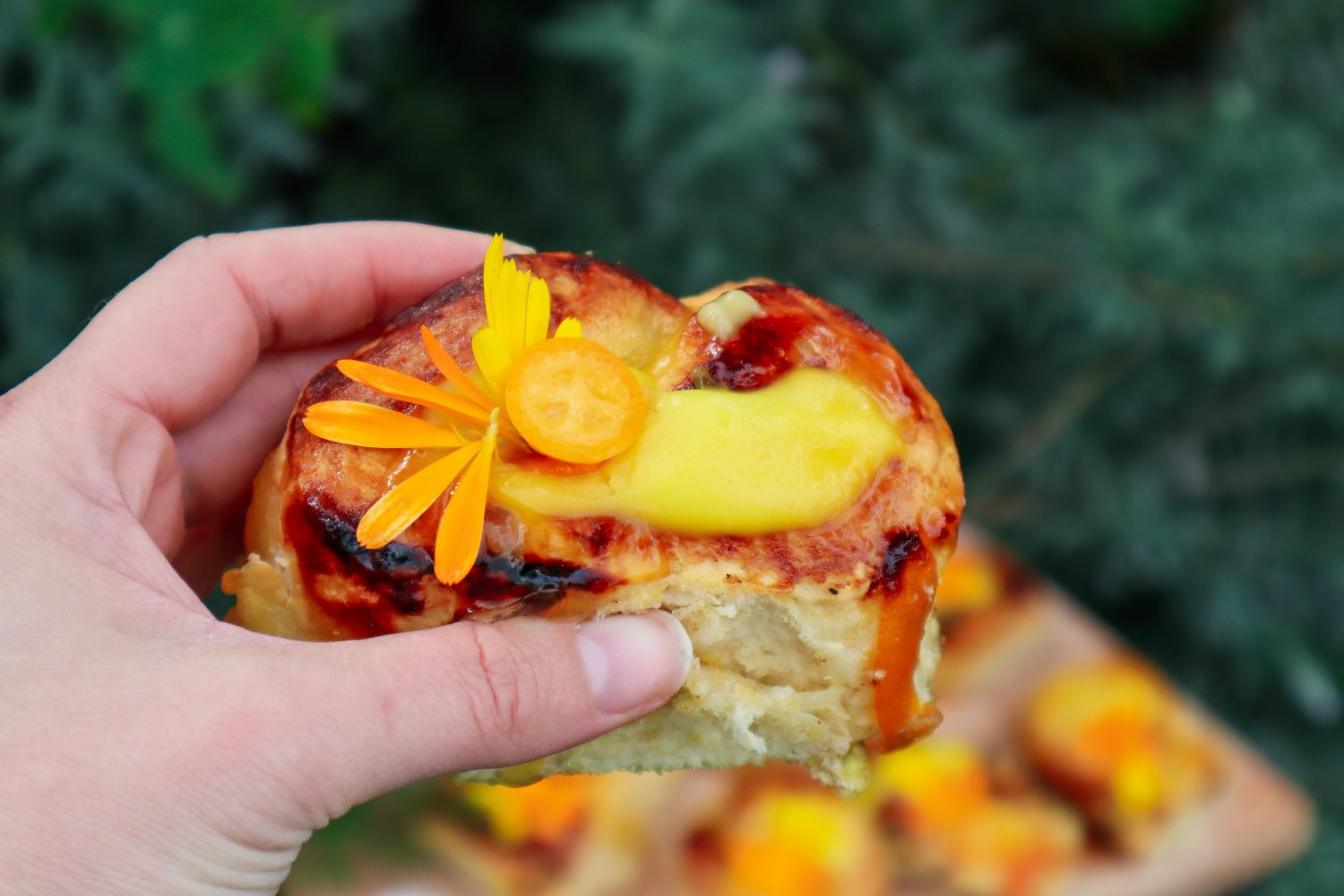
How to Choose a New Fruit Tree?
Choosing a new fruit tree is exciting, daunting, and at times, overwhelming with possibilities! I am adding another fruit tree to my garden and I would love to share that process with you. Plus, some tips to help you select the best fruit tree for your garden.
Click Below to Watch
Growing Fruit Trees at Home
Fruit trees can be grown and incorporated into many home garden designs to create abundant, fresh food. Fruit trees can even be grown in pots or containers for urban gardens. There really is so many ways to grow your own delicious fruit at home, no matter the size of your garden.



Tips to Choose a New Fruit Tree
Below are some tips or things to consider when you are looking to buy a new fruit tree. Take down a few notes and this will help you eliminate or come up with a clear idea to speak with your local fruit tree nurseries.
- Analyse the Sun and Shade – is there a specific spot you are looking to fill or are you limited with where you can plant a fruit tree? If this is the case, just do a quick analysis of the conditions. Does it get full sun? are there large trees? or buildings that will shade it during winter? The sun tracks lower in the sky during Autumn and Winter and this means more shadows will be cast across your garden. This can have a huge impact on the growth of your tree.
Learn from my mistakes! I once planted a lime in an area that only gets full sun during the middle of summer. It never grew well and when I moved it to a full sun location, it has took off and is loaded with limes! Citrus like 6+ hours of sunlight a day. So noting down the sun and shade will help you pick a fruit tree that will thrive.
- Wind – Does your property get strong winds? If so, what direction do they typically go? This can be very helpful to note down. Some fruit trees do not cope well with strong winds. Papaya, Tamarillo and Banana do not like strong winds. Especially while they are young and delicate. It may mean you need to plant a wind shelter or position your fruit tree in an area that receives less wind. Creating temporary barriers may also be a great solution to protect the tree while it is young and vulnerable.
- Temperatures – Take note of your maximum and minimum temperatures. This can be a factor in whether or not you will be able to grow a particular fruit tree or if it will perform below average because of it. Do you receive snow? Frosts? These are important to note down and you may be able to find this information out on local weather reports. Feijoa or “Pineapple Guava” like to have at least 50 chill hours per year to produce good quality crops. Here in Perth, Australia, we can grow Feijoa, but they don’t taste quite as good ( in my opinion). This is also the case with extremely high temperatures, some fruit trees will not perform well. Sometimes, this can be managed with microclimates. Microclimates are areas in your garden that that have unique qualities. For example – next to a metal fence may be warmer, or a shady area with a pond may be cooler with more humidity. This can help you tailor and customise the surrounding to better suit your fruit tree.
- Root systems – Take note if you have any concrete, pavers, a pool or plumbing nearby. Some fruit trees have huge root systems that can crack concrete or damage pools. If that is a factor then note that down. There are plenty of trees that have shallow or small root systems or you can plant in containers or pots.
- Height Restrictions – would it matter if the fruit tree grew too tall? Fruit trees can be pruned to keep manageable but if you have restrictions such as neighbouring buildings, power lines, roof, eves or fences, it may be worth choosing a shorter variety grafted on dwarf root stock. This will mean the maximum height will be a lot shorter and you will not need to prune and maintain it as often.
- How much time do you have to Care and Maintain the Fruit Tree? – Some fruit trees will require a lot more care and maintenance to actually get a good harvest from. Stone fruit for example, will often need to be netted to prevent fruit flies, bats or birds from decimating your crop. If you are wanting a low maintenance fruit tree then there are plenty of options available. Speak to your local fruit tree nursery to see what low maintenance fruit trees thrive in your local area.
- What other Fruit Trees do you have? I have a lot of citrus already, so I want to get something different for my next fruit tree.
- Have you tried that Fruit before? Once you have an understanding of your specific climate and have a few key points noted down on sun, shade, wind and surroundings, the next thing is to taste some fruit! You don’t want to spend money, allocate space and time, to grow something that you don’t actually like! This can seem obvious, but is often overlooked with the excitement of new fruit trees. Some fruit will be hard to find as there are many types of fruit that don’t travel well and cannot be sold commercially. These can often be found at local growers markets or on local gardening pages. Imagine waiting four or five years for your tree to fruit and then hate the fruit..that would be so annoying!
Observe & Interact – take time to slow down and observe your garden.



What Next? Choose a New Fruit Tree!
Now that you have a little more of an understanding of your climate and restrictions, it’s time to start looking for a new fruit tree! Taking the time to stop and observe, will help you select a fruit tree that will not only thrive in your location, but, that you will also LOVE to eat! Visit your local fruit tree nurseries or fruit tree specialists for valuable local knowledge. They may even be able to order in rare varieties. Local community groups also offer a wealth of knowledge.
In this video I try some tropical fruit to decide whether or not I want to purchase those fruit trees.


What fruit tree do you want to plant next? Let me know in the comments.
Holly 🌱




